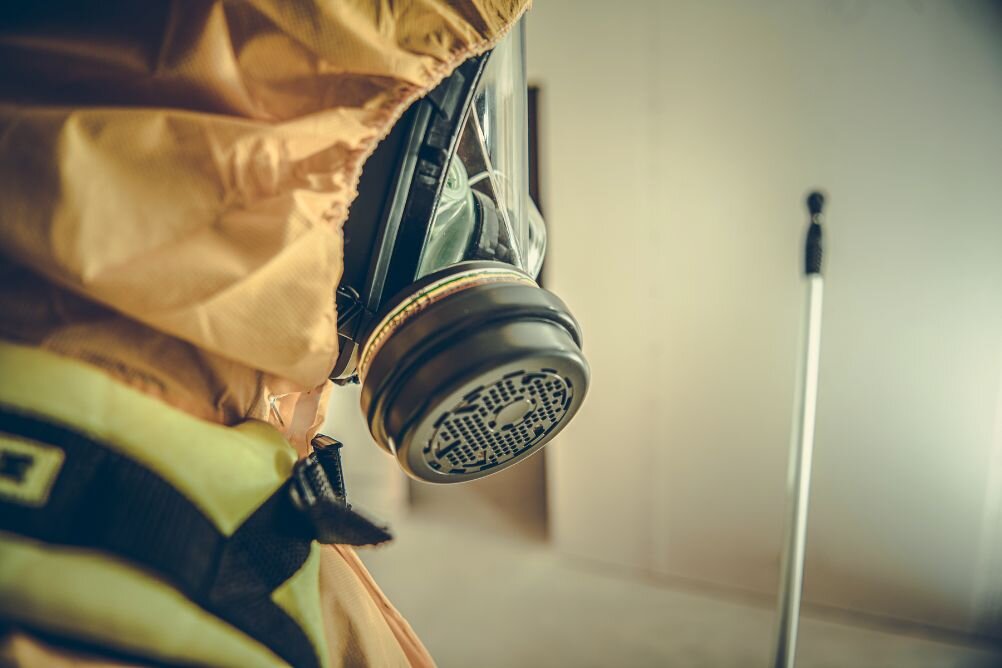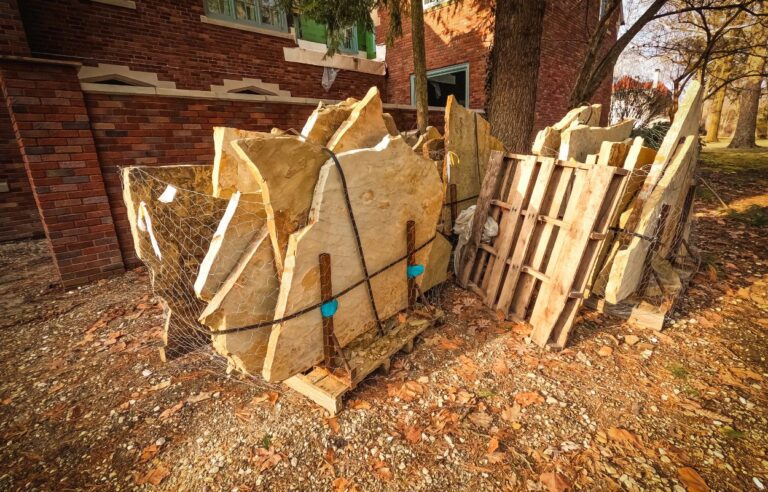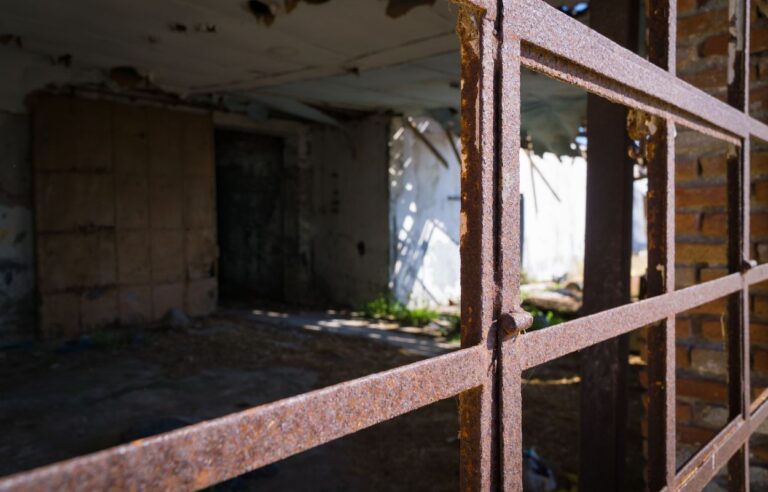When we think of hazardous materials (HAZMAT), asbestos often comes to mind due to its notoriety for causing severe health issues. However, it’s essential to recognize that there are various other hazardous materials that can pose significant risks to our health and the environment. In this blog post, we will explore some common HAZMAT materials beyond asbestos and highlight the importance of hiring professionals for safe and effective HAZMAT abatement.
LEAD-BASED PAINT
Lead-based paint, commonly found in older homes and buildings, poses a grave health risk, especially to children and pregnant women. Even small amounts of lead exposure can lead to cognitive and developmental issues. To ensure safety, professional HAZMAT abatement teams utilize specialized equipment and techniques to remove lead-based paint without contaminating the surrounding environment.
MOLD INFESTATIONS
Mold can be a silent intruder, growing undetected in damp and poorly ventilated areas of buildings. Prolonged exposure to mold can cause respiratory problems and exacerbate allergies. HAZMAT abatement experts are equipped to locate and eliminate mold infestations, using safe containment measures to prevent further spread during removal.
MERCURY CONTAMINATION
Mercury, a highly toxic metal, is commonly found in various products, including thermometers, fluorescent bulbs, and certain electrical switches. When these items are improperly disposed of, mercury can enter the soil and water, becoming a threat to human and aquatic life. Trained professionals can handle mercury cleanup with care and precision, minimizing the risk of exposure during the process.
RADON GAS
Radon is a naturally occurring radioactive gas that can seep into buildings from the ground. It is the second leading cause of lung cancer after smoking. HAZMAT abatement specialists use specialized tools to detect radon levels and implement mitigation strategies to reduce exposure to safe levels.
PCBs (POLYCHLORINATED BIPHENYLS)
PCBs were commonly used in electrical equipment and industrial applications until their ban in the late 1970s. However, improper disposal or old equipment that still contains PCBs can result in contamination. These chemicals are persistent and can accumulate in the environment, posing long-term health risks. Professional HAZMAT abatement ensures the safe removal and disposal of PCB-contaminated materials.
CHEMICAL SPILLS AND CONTAMINATED SITES
Chemical spills, whether from accidents or improper waste disposal, can lead to hazardous material contamination of soil and water sources. Similarly, abandoned industrial sites with lingering hazardous substances pose environmental and health dangers. Trained professionals with expertise in HAZMAT abatement are crucial in cleaning up these areas to prevent further harm.
THE IMPORTANCE OF HIRING PROFESSIONALS
HAZMAT abatement is a complex and risky task that requires specialized knowledge and equipment. Attempting to handle hazardous materials without the proper training can lead to severe consequences for both individuals and the environment. It’s crucial to emphasize the significance of hiring professionals for HAZMAT abatement due to the following reasons:
Expertise: Trained professionals have in-depth knowledge of different hazardous materials and the appropriate techniques for their safe removal.
Safety Measures: Professionals take stringent safety measures to protect themselves, the occupants, and the environment during the abatement process.
Legal Compliance: HAZMAT abatement must adhere to various regulations and guidelines. Professionals are well-versed in these laws and ensure compliance.
Proper Disposal: Hazardous materials require specific disposal methods. Professionals can handle this aspect responsibly and legally.
Thoroughness: Professionals conduct comprehensive assessments to identify all sources of HAZMAT, ensuring nothing is overlooked.
Preventing Spread: Trained experts use containment measures to prevent the spread of hazardous materials during removal, minimizing further contamination risks.
Beyond asbestos, various hazardous materials can pose significant health and environmental risks. Lead-based paint, mold, mercury, radon gas, PCBs, and chemical spills all demand the attention of professional HAZMAT abatement teams. Their expertise, safety measures, legal compliance, and thoroughness are essential in ensuring safe and effective removal of hazardous materials. Remember, attempting to handle these materials without the proper knowledge and equipment is not only dangerous but can also lead to severe consequences. So, when dealing with HAZMAT materials, always rely on the expertise of professionals to protect yourself, your loved ones, and the environment.






